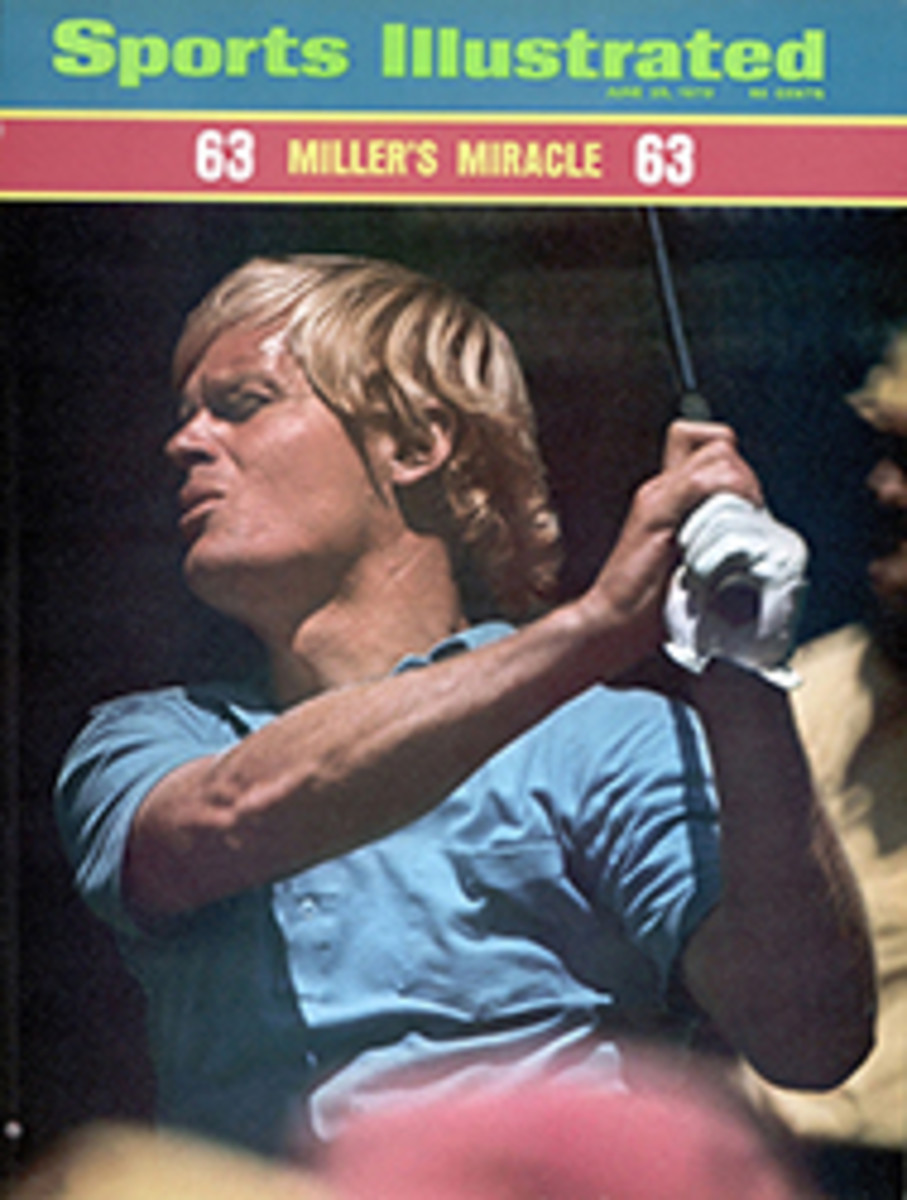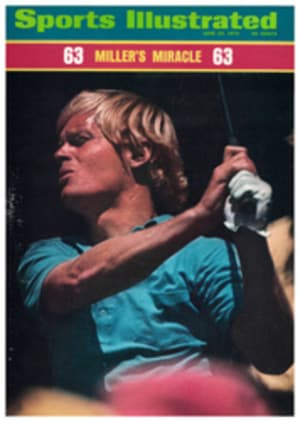
A fat chance he had—or so it seemed
Charlie Clark is a Kentuckian who would rather stay in Lexington where the air is fragrant and the grass truly looks blue on misty mornings. But he finds a chance to earn money hard to pass up. So he drove 13 hours to Yonkers Raceway last Saturday, where the purse for the Futurity, the first of trotting's Triple Crown, was $93,242.50 and he had entered a "pretty fair" 3-year-old, Tamerlane. And when the stake was over, in a little more than two minutes, Charlie Clark had won the biggest purse of his life.
When he arrived that afternoon at Barn C to check on Tamerlane, Clark was rumpled and skeptical of his chances. Although his colt was unbeaten, he was also unseasoned. "I'm really not being fair to the horse," he said. "He didn't race as a 2-year-old and he's only had three starts this season. Against nobodies." Clark pulled on a cigarette and gazed out of the shed row at the drizzling rain. "I don't suppose a wet track will bother him; it might even help. But he's never been on a half-mile track like Yonkers, and I don't know how he'll take these short turns."
Still, Clark reasoned, the trip to New York should be worthwhile for Tamerlane's owners, Bill and Madeline Shehan. There were only six horses in the Futurity, and live would share in the purse. Even a fifth-place finish would be worth $3,729, more money than Tamerlane had ever had a chance to earn. His wins, all at Lexington's Red Mile, had been in purses whose total worth was $600, $700 and $2,000. The colt's lifetime earnings stood at only $1,650. "Why, the winner here gets $55,945." Clark marveled.
The trainer considered his competition. John Simpson Jr. had a seemingly overwhelming entry—Knightly Way, a Star's Pride colt who had won $74,946, six of his 21 races as a 2-year-old and three straight this season, and Volstar Hanover, two for two in 1973 and $33,545 richer than Tamerlane. "Simpson's colts are a ton the best, certainly out of our league," Clark said. Tamerlane's only recommendation was his last victory, a 2:00[1/5] effort at Lexington on June 8. No trotter in the country had been clocked that fast this year, and Tamerlane had won the event by six lengths. "He can go all right," said Clark, "if he takes pleasantly to the turns. That's what I'm worred about most. He's only jogged around them. He has speed."
Charlie Clark is known for developing colts with dazzling swiftness. But some horsemen say he goes too fast too early with his young trotters and pacers, burning them out long before the classics. He trained a couple of two-minute youngsters last year, a commendable record for a man with a 12-horse stable.
Clark has been around the tracks for years, but he has never been a prominent trainer. He grew up in a house four doors from the main gate of the Red Mile and has worked with horses, both thoroughbred and standardbred, since he finished high school. "I was probably the only person in Kentucky licensed to train both before I decided to concentrate full time on standardbreds in 1960," he noted.
While Clark reminisced, his colt began nosing through the straw, looking for oats that had dropped from his feed bucket. "That horse has an incredible appetite," Clark said. "Always eating something. I don't park my car too near his stall. You never know." Tamerlane belongs in Weight Watchers. He is a tubby. After the colt hurt a hind leg last July Clark turned him out to pasture. By January Tamerlane was 300 pounds overweight. When he resumed training in Orlando, Fla. he was so fat the straining shafts of the jog cart rubbed sores on his sides. The bay colt was put on strict rations and exercised four or five miles daily through the winter and spring. He began to lose his lard and now he is a relatively svelte 1,000 pounds. "For awhile he looked like an old broodmare," said George Ervin, Tamerlane's groom. "He still has a craving for things and bangs on the door when I don't give him an occasional drink of beer. Listen to him. He can't have any now, but if he wins I'll get him a case. Two cases. One for him and one for me."
Clark took Tamerlane out for an early warmup some three hours before the Futurity, and as the trainer guided his horse onto the track he apologized to bystanders for the colt's gait, saying, "You don't want to watch him warm up. He always looks like he has 1,000 legs scrambling around." Only once had Tamerlane gone off-stride in a race, and that was in a qualifying event in April. It was his first appearance on a racetrack, and he broke at the barrier.
Clark went around the Yonkers track an extra time to show the country colt the turns. During Tamerlane's third warmup mile the colt jumped off-stride after maneuvering a turn. But it was only a momentary misstep. Meanwhile, the Simpson horses were trotting leisurely and evenly. "I think that Tamerlane is the one I have to worry about," said Simpson. "Those turns don't seem to bother him at all."
And Simpson was right. When the Futurity field left the starting gate Simpson's Knightly Way went straight to the front with Clark trailing him on the outside. The other half of the favored entry, Volstar Hanover, driven by Stanley Dancer, was tucked in third on the rail. Tamerlane remained on the outside until the quarter pole, when he forged into the lead. From then on it was really no contest. He took the turns as if they were grooved. On the final bend Knightly Way challenged, but Tamerlane accelerated, slipping under the wire 2½ lengths ahead. The time was a slow 2:04[4/5]. "I've always liked this colt," the jubilant horseman declared, "but I've just never gotten him all together until now." "How about the Hambletonian, Charlie?" someone asked. "Well, the problem with that race is keeping a horse together long enough to get to it," he said. "I'll think about that later. After all, the race is in August. Right now I'm going to have a big steak." And Tamerlane had been promised a beer even if it does give him a belly.

